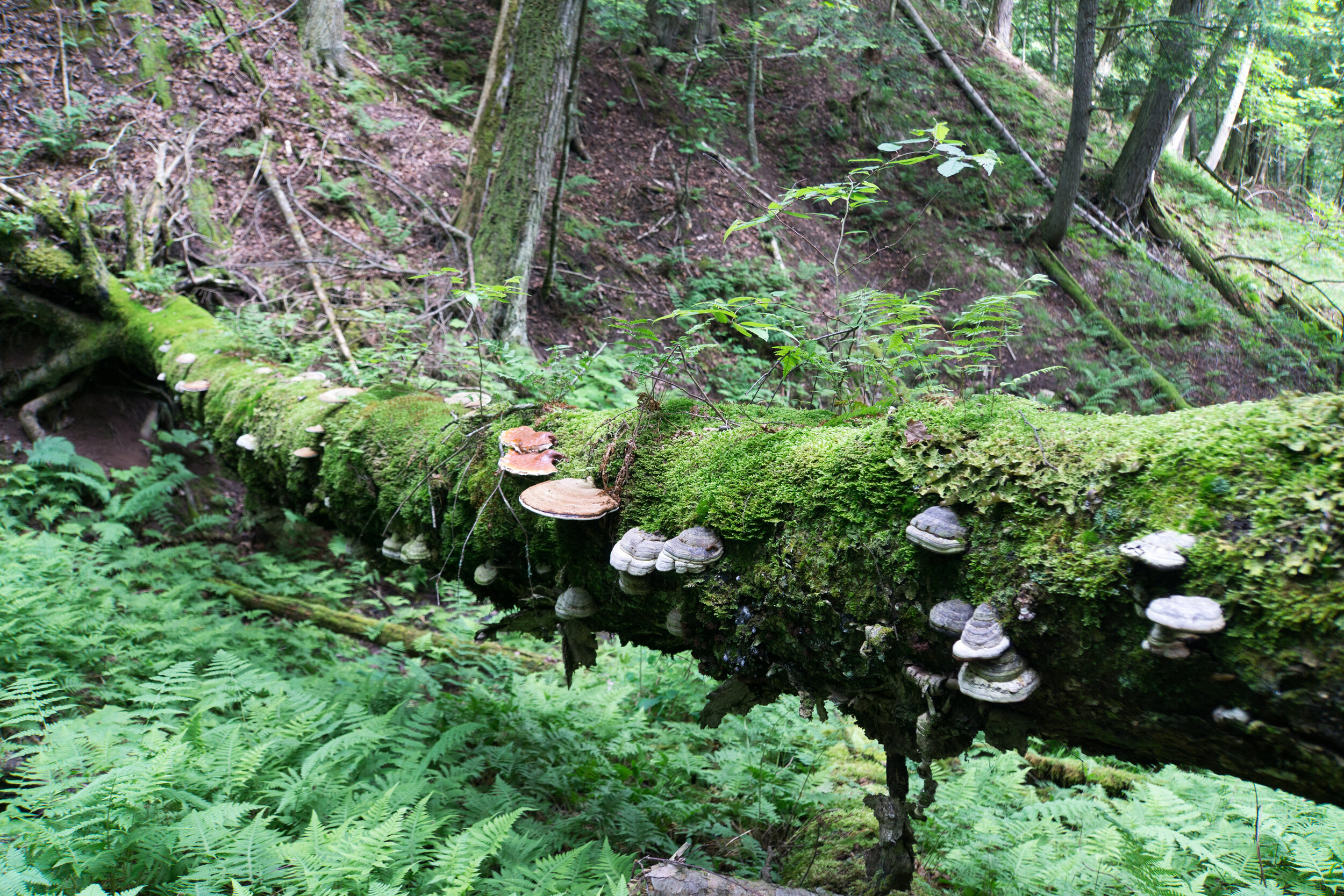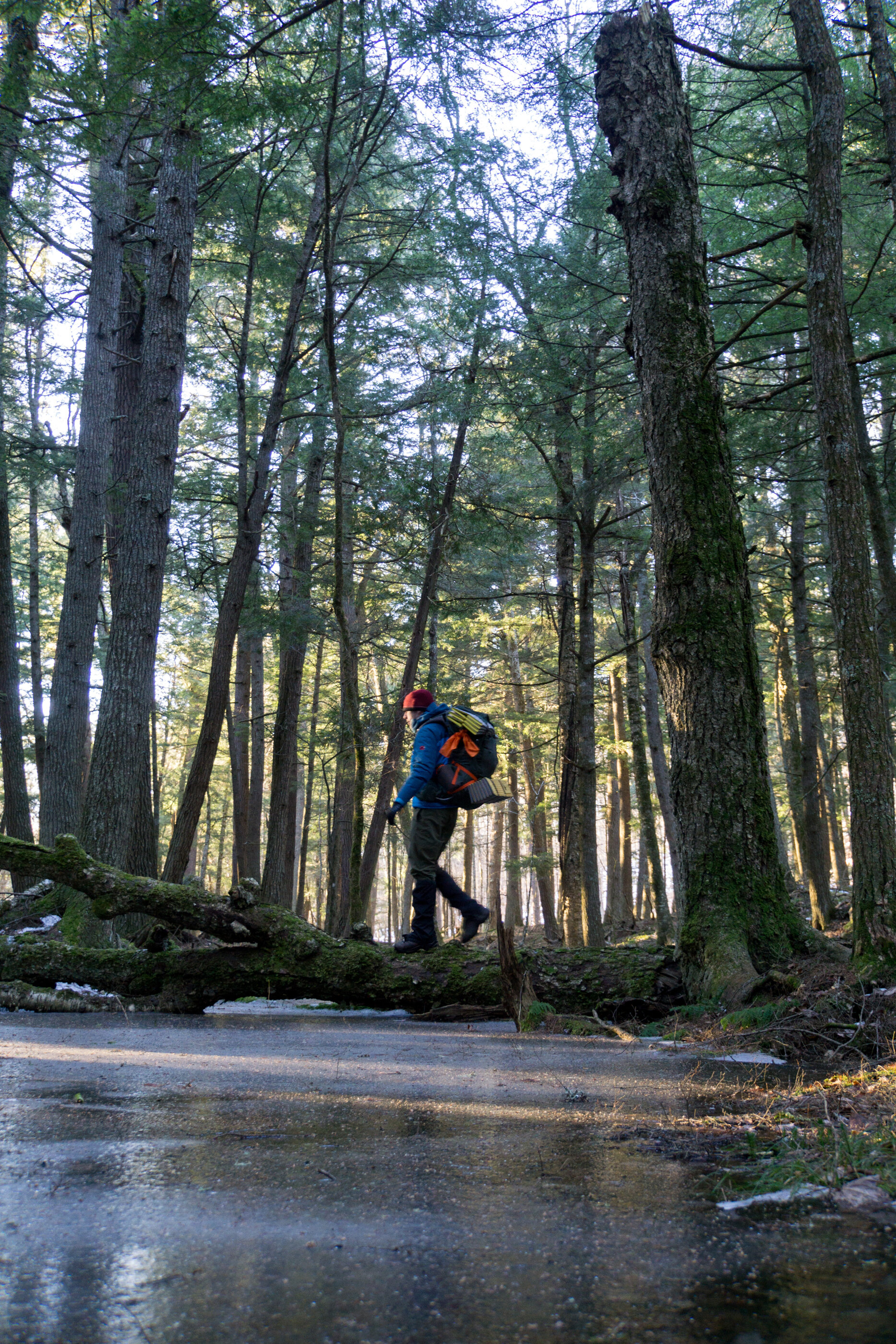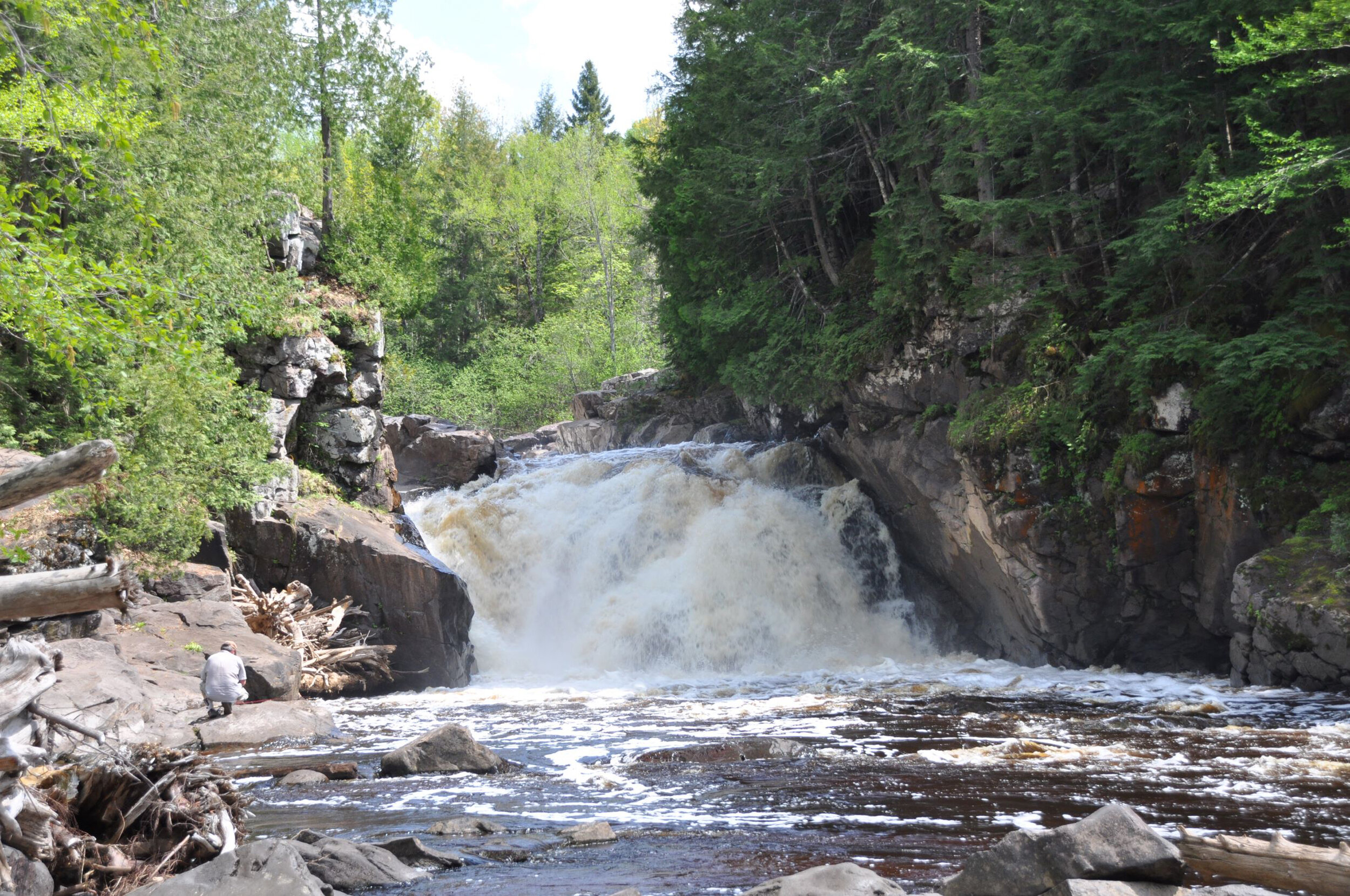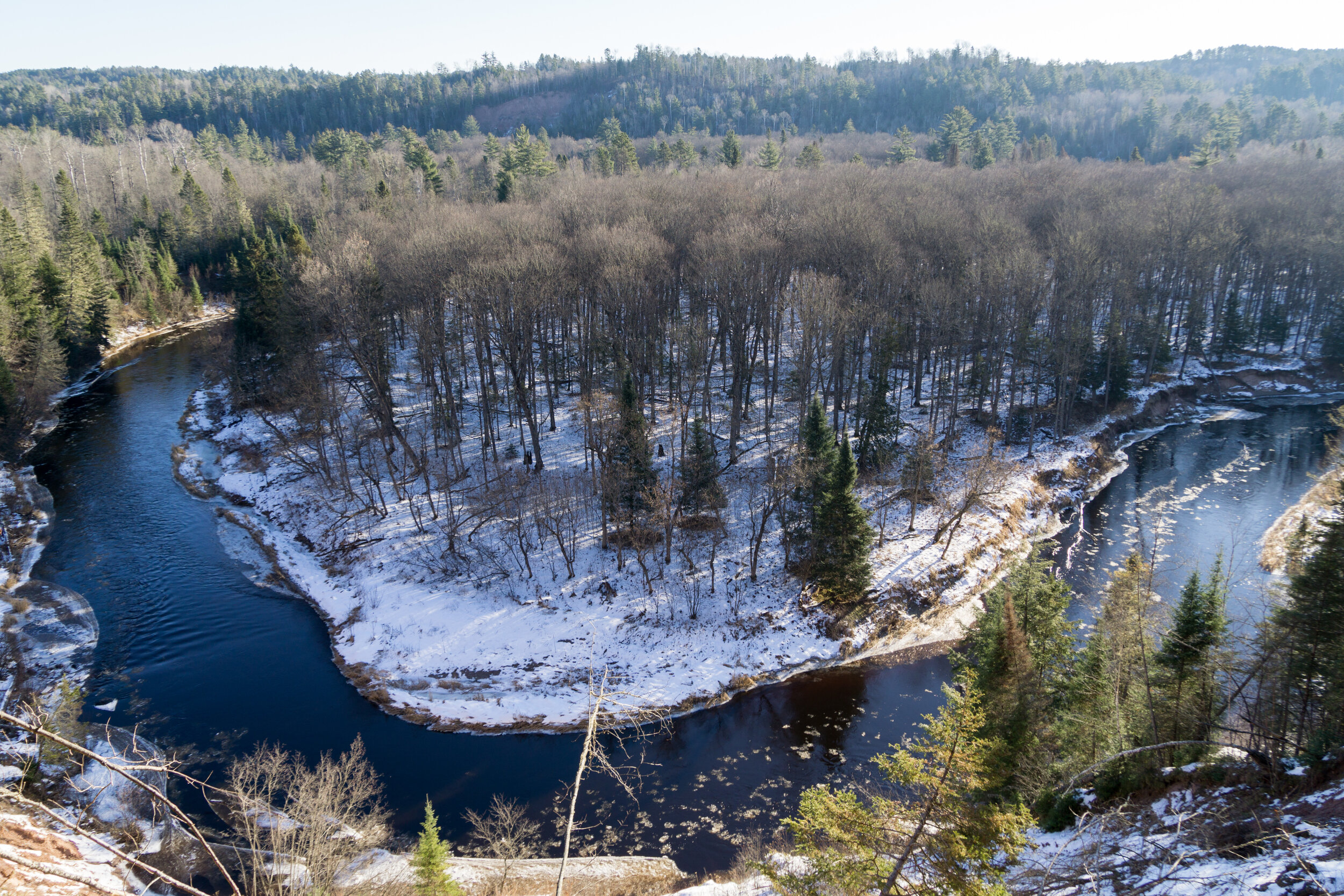


Sturgeon River Gorge Addition
LOCATION: Ottawa National Forest, adjacent to the southwest corner of the existing Sturgeon River Gorge Wilderness
AREA PROPOSED: 2,000 acres
Map of proposed wilderness area. Click here to expand.
The Sturgeon River Gorge Wilderness was designated by the Michigan Wilderness Act of 1987. It comprises 16,744 acres of flat to rolling uplands largely covered by forests of northern hardwoods, pines and other conifers, and aspen. While the Sturgeon River Gorge benefits from Wilderness designation, roughly 2,000 acres of wild Ottawa National Forest land on the Wilderness’ southwestern border lacks the same protection.
The Sturgeon River has cut through these uplands to form the Sturgeon River Gorge and the spectacular Sturgeon River Falls.
Why protect an addition of 2,000 acres to Sturgeon River Gorge?
The proposed 2,000-acre area’s value to local wildlife and its suitability for remote recreation make it a strong candidate for designation. The area offers visitors ample opportunities for off-trail recreation such as hiking and hunting, allowing them immersion in nature’s remoteness and solitude. Moreover, this addition to the Sturgeon River Gorge Wilderness would expand the existing protected area to nearly 19,000 acres of contiguous Wilderness, compounding the benefits of its designation. Overall, this area provides an essential complement to Sturgeon River Gorge and deserves protection under the Wilderness Act.
Forest and Vegetation
The area is largely covered by forests of northern hardwoods, pines and other conifers, and aspen. Almost half of the area consists of beaver ponds, wet meadows formerly occupied by beaver ponds, and wetland forests.
Fauna
The wetlands and wet soils provide indispensable habitat for waterfowl and other wetland species. Additionally, moose and moose sign can be seen frequently in the area, indicating the likely presence of a small population of moose separated from Michigan’s main herd in counties farther east.
Topography
It consists of 16,744 acres of flat to rolling uplands. The Sturgeon River has cut through these uplands to form the Sturgeon River Gorge—10 miles long, averaging 1 mile wide and 300 feet deep—and the spectacular Sturgeon River Falls.





